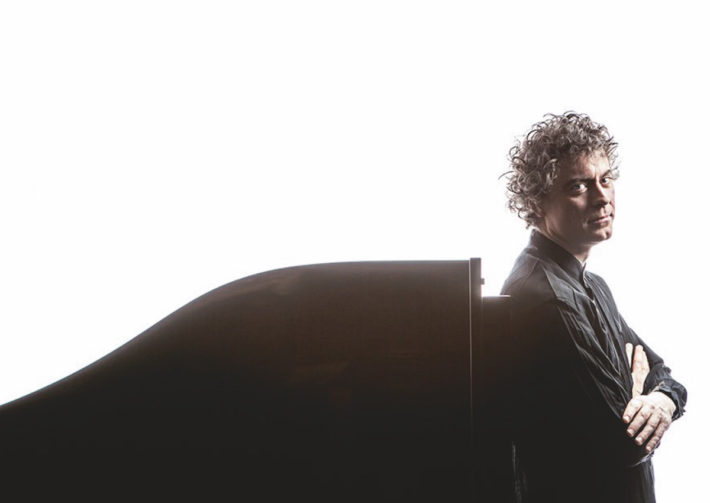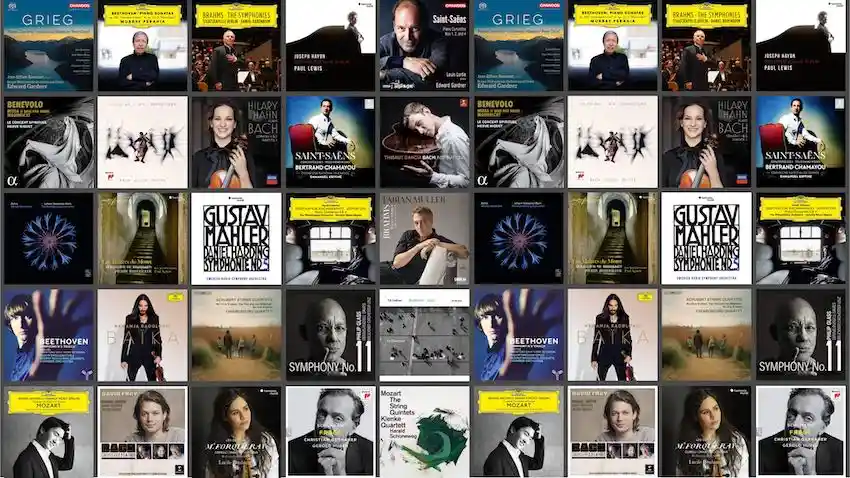There has been a wave of Haydn Piano Sonatas lately, with many of today’s most admirable pianists taking part in celebrating these endlessly fascinating works.
To my knowledge, this is Pauls Lewis’ first Haydn recording, and in a recent interview he has said he is considering making this a small serious, based on the results and reception of this release. Lets’ hope he is encouraged to go back to the studio and continue recording as many of the sonatas, as the results we hear here is in the highest level imaginable.
Having been following Bavouzet ongoing series for Chandos, although impressed with his freshness of ideas and attractiveness of his sound, I was also a bit disengaged with the actual music, an experience I also had with my recent review of the Grieg Piano Concerto by this artist. Here, Lewis is direct, honest, affectionate and charismatic, but always with an underlined emotion and depth of feeling. I had the same reaction when encountered Lewis’ wonderful Schubert series a few years ago. It is the beauty of simplicity at its highest level, and it’s so hard to achieve.
The program is well planned, with changing moods of exhilaration (HOB:49), humor (HOB:50), darkness (HOB:34) and sureness (HOB:40). A great care is given projecting the ingenious structure of these pieces, and Haydn’s way of surprising us within the rigid rules of the period. The first Sonata is given a mastermind treatment of someone who knows the in and outs of the Sonata form. Note how masterful is Lewis’ handling of the moment where the recapitulation slowly sneaks in on the listener (03:50 onwards).
Get periodic updates about new classical music albums reviews, news and guides.
We respect your privacy.
Pianistically, the Sonatas can sound too dry if played too cautiously, especially in regards to the instrument pedals. Here , to my ears, Lewis hits just right. Hear how the Tocatta writing of the B minor Sonata’s slow movement is crystal clear without ever sounding dry or mechanical. And the E-flat’s slow movement (Track 2) is emotional without losing control. Touching this movement, it’s worthwhile mentioning that the slow movements, as always with Lewis, is the true highlight of each sonata in this album.
From all the recent recordings of these fascinating works, the latest surveys by Einav Yarden, Anne-Marie McDermott and Oliver Cavé stand out. Francesco Corti gives a good argument about playing some of the Sonatas on harpsichord, and from the first few minutes I at least was completely sold. Older versions will stay as a reference, namely the Maccabe complete rendition on Dacca and Brendel’s 11 Sonatas on the former Philips label (Today Decca). Both Brendel and Maccabe can seem a bit outdated when compared with the mentioned recent recordings, but Lewis, it appears, found a good bridge between all versions and generations. A great release.
Image: Harmonia Mundi

Haydn — Piano Sonatas Hob: 49,50,32,40
Paul Lewis — Piano
Harmonia Mundi, CD HMM902371
Follow Us and Comment:
Get our periodic classical music newsletter with our recent reviews, news and beginners guides.
We respect your privacy.









